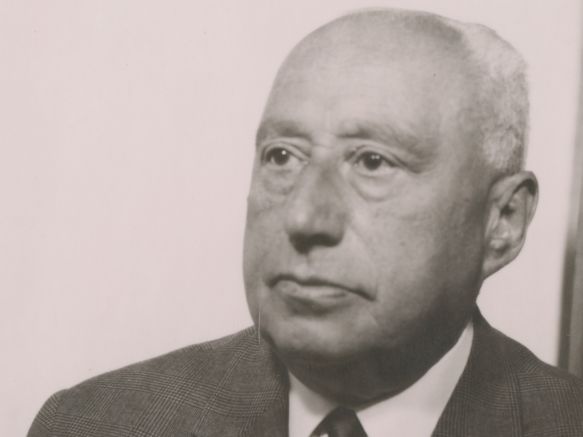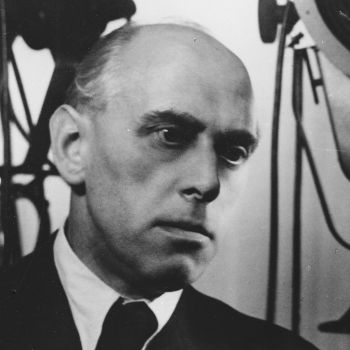
Curt Aren
Other names: Aron, Curt (birth name); Aron
graphic artist, press illustrator, fashion designer, film poster designer
* in Forst (Lausitz)
† in Malmö
Following a career making press illustrations and designing film posters (starting in 1922‒23 for Ufa), the National Socialists banned Aren from working professionally in 1933 because of his Jewish descent. In 1935 he went into exile in Denmark; and fled further to Sweden after the German occupation of Denmark in 1940.
About the Estate
Aren’s widow, Anna Aren, gave part of her husband’s estate to the Kinemathek in 1996. It includes personal documents and samples of his work. A scrapbook documents Curt Aren’s work as a poster designer and press illustrator, including the article “Ich male ein Filmplakat” [I Paint a Film Poster], published in the newspaper ‘BZ am Mittag’ in July 1928 and drawings for Fritz Lang’s ‘Das Testament des Dr. Mabuse’ (1933).
Ten of Aren’s original film posters are also in this collection. Their naturalistic style shows the influence of his teacher Theo Matejko. For the films being advertised, Aren repeatedly relied on a stylistic device depicting larger-than-life protagonists set before a big city backdrop, for example, in his poster for Phil Jutzi’s ‘Berlin Alexanderplatz’ (1931).
Original correspondence reveals harrowing documents of the National Socialist regime’s persecution of Jews. For instance, it contains Aren’s mother’s letter of parting farewell to him in 1943, in which she tells her son of her impending suicide because of her dashed hopes to be allowed to emigrate. That same year, Aren’s aunt, Gertrude Katz, and her husband were deported to Theresienstadt concentration camp. Her husband did not survive. Among the archival materials is Gertrude Katz’s handwritten report about her imprisonment and a letter she wrote in the period directly following her liberation. (Text: Peter Mänz)
Content
Print, Paper documents
Dimension
approx. 0.1 Shelf meter
Inv. No.
199610
Credit LineCurt-Aren-Archiv, Deutsche Kinemathek
